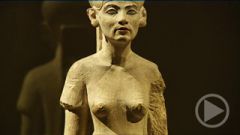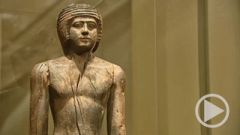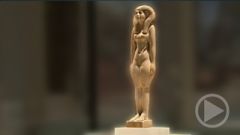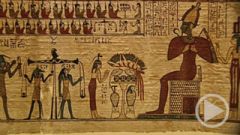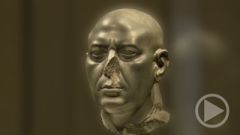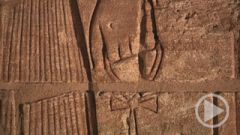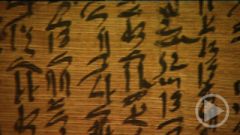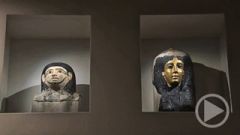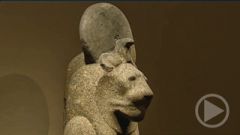- Home
- »
- Germany
- »
- Berlin
- »
- Museum Island
- »
- The Berlin Egyptian Museum
- »
- The Berlin Egyptian Museum - The Block Statue of Petamenopet
The Block Statue of Petamenopet
Block statue of Petamenopet
This statue of Petamenopet treats the traditions of ancient Egypt with nonchalant indifference while not completely disregarding them. The rectangular base and the back pillar are the basic formal elements which give the figure its orientation, its coordinate system and its defined space. The block statue, usually a relatively undifferentiated cube, reveals the shape of the physical forms, exposes the feet and, on the front, accommodates a scene in rather high relief depicting Petamenopet praying to the god Osiris.
The head of the statue is unusual in its realism. The protuberances on the forehead, the staring eyes, the prominent cheekbones, the deep furrows on either side of the large nose, the firm set of the wide mouth add up to a forceful, self-confident portrait. These same features can be seen repeated over and over again in the stone ushabtis provided for Petamenopet – they were placed in his tomb as servant figures. The tomb of Petamenopet is the largest burial complex in Thebes, stretching underground in the basin of Deir el-Bahari with a huge network of corridors and chambers over several storeys.
Despite this vast grave complex, despite a number of statues of high artistic quality, and despite the many stone ushabtis, the personality of Petamenopet remains obscure. As Chief Lector-Priest he was a member of the Karnak priesthood, without holding particularly high office.
Petamenopet probably lived between 700 and 646 B.C. under King Taharka at the end of the Kushite Dynasty from North Sudan and under the first kings of the Saite Dynasty. A scribe statue in Cairo showing him in the style of the Pyramid Age dates from this second half of his career. So Petamenopet stands between the old and the new, between traditionalism and the avant-garde, a position between extremes which has always been artistically creative.


